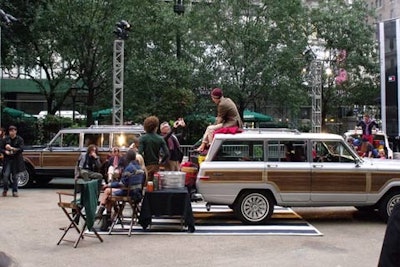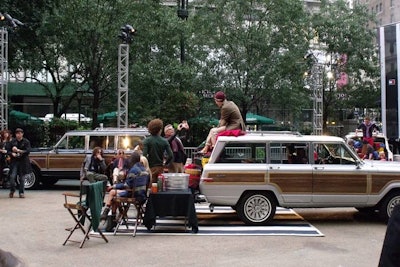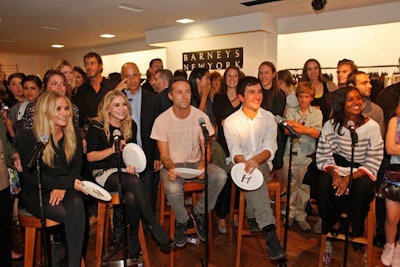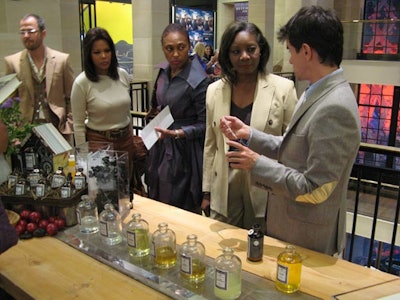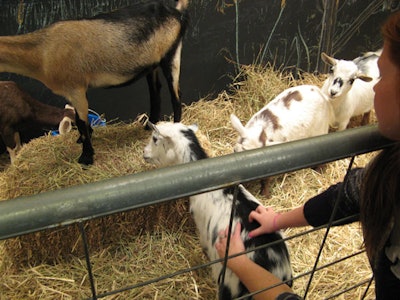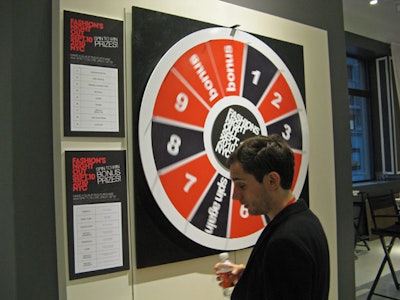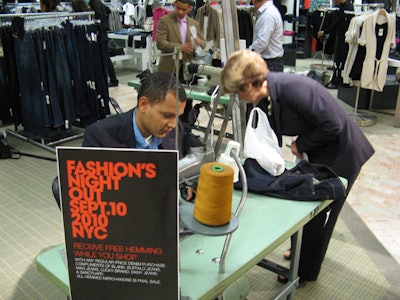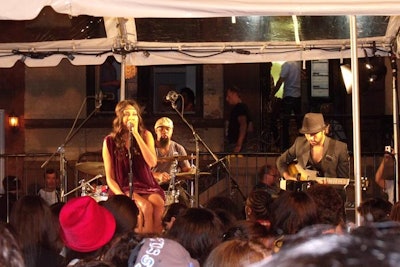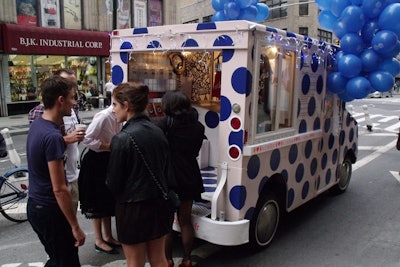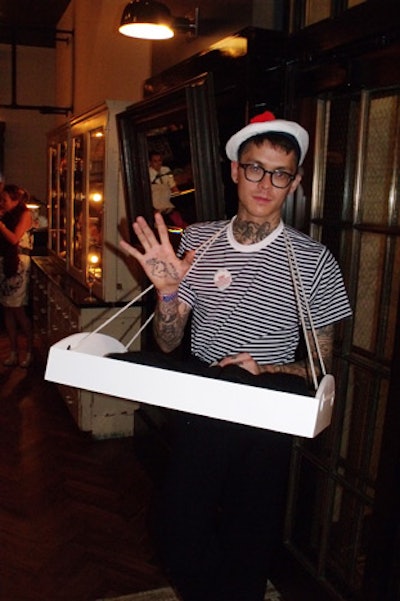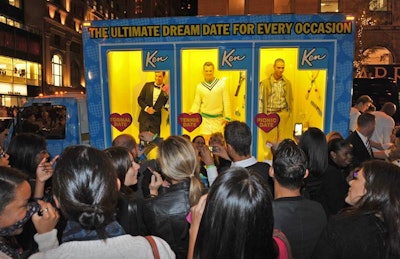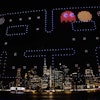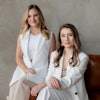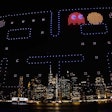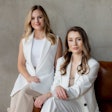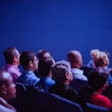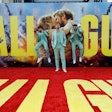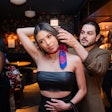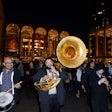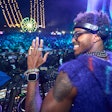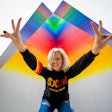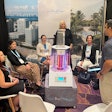As an initiative born out of the recession and dwindling store sales last year, Fashion's Night Out is an interesting case study in experiential marketing. In 2009, the Mardi Gras-like, citywide celebration—started by Vogue, the Council of Fashion Designers of America, and NYC & Company—was filled with an array of promotions from retailers big and small, all hoping to draw crowds, attention, and, of course, people buying goods. In its second go-round, Fashion's Night Out added a kickoff event in the form of Vogue's public fashion show at Lincoln Center on Tuesday and culminated with Friday's packed schedule of celebrity-hosted activities, performances, block parties, and promotional affairs.
Involving more than 1,000 stores across the city's five boroughs, the commercial endeavor is not about discounts, but selling merchandise at full price and boosting consumer confidence. Many participating stores used last year's efforts as a platform to build flashier programs, flaunting even more games, famous names, and social media-fueled competitions.
Gant, which held a keg party last year, made a bigger statement for the 2010 Fashion's Night Out by building a working shower in the window of its Fifth Avenue store, a tie-in to the sports-themed presentation of its fall collection in February. "We knew going into the February show that the nude model wrapped in the Gant by Michael Bastian bath towel would get the most attention. And when it came time for the consumer launch, we wanted to bring him back in a way that caused a scene," said Ari Hoffman, Gant U.S.A.'s president and C.E.O. "It was so simple and so effective...instant attention." Hoffman added that efforts from 2009 didn't translate into sales, but this year the store did the same amount of sales in a four-hour time frame as is typically done in an entire day.
Others also looked for ways to make a bigger impact. Macy's, for instance, expanded its tailgate-themed window display into a live vignette in Herald Square's pedestrian plaza, Lord & Taylor created even more contests for those who spent a certain amount of money, and Barbie dressed male models as life-size Ken dolls and drove them through the streets in a glass-paneled truck.
Another notable difference this year was the wider spread of consumers—more families joined the fray this year, with children and grandparents in tow, joining the large crowds of twentysomethings and thirtysomethings.
